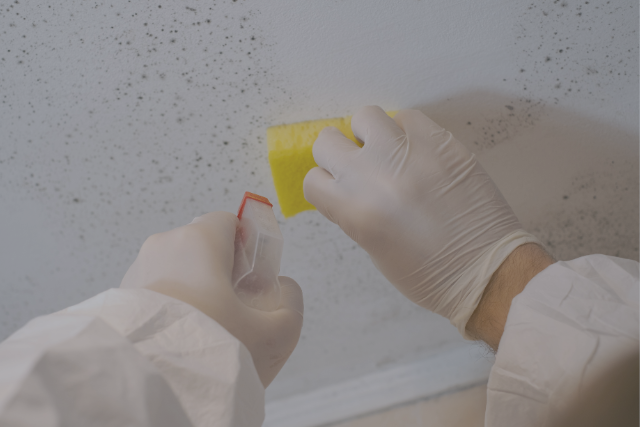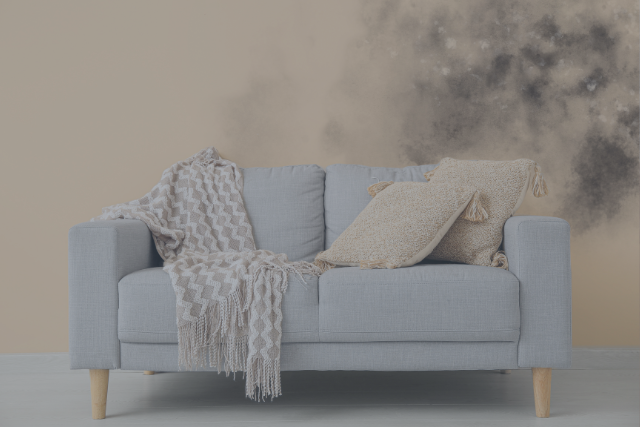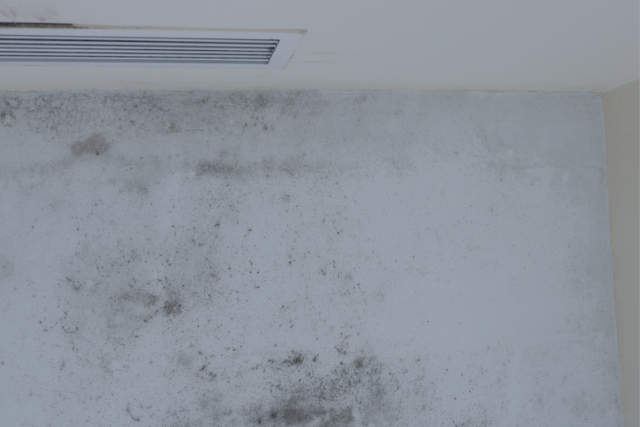What Is Toxic Mold and Why Is It Dangerous?
Not all mold is the same. Some types—like Stachybotrys chartarum, commonly known as toxic black mold—can release mycotoxins that negatively impact respiratory, immune, and even neurological health. While the term “toxic mold” is often used broadly, the actual risk depends on several factors:
- The species of mold
- The concentration of spores
- The length of exposure
- The vulnerability of the individuals exposed
The most serious issue is that toxic mold often grows where it can’t be seen: behind walls, under floors, or inside ceilings and ventilation systems. It may release harmful spores for weeks or even months before anyone notices—until symptoms start to appear.
Common Symptoms of Toxic Mold Exposure
The most vulnerable individuals are typically:
- Infants and small children
- Elderly adults
- People with asthma, allergies, or compromised immune systems
However, anyone can be affected after prolonged exposure.
Here are some of the most common symptoms:
- Persistent dry cough
- Eye, nose, or throat irritation
- Chronic fatigue or frequent headaches
- Dizziness, brain fog, or difficulty focusing
- Intense allergic reactions
- Worsening asthma symptoms
Many people spend months visiting doctors with no clear diagnosis. In some cases, the root of the problem isn’t the body—it’s the air in their own home.
Where Does Toxic Mold Usually Hide?
Toxic mold needs specific conditions to thrive: consistent moisture, porous materials (like drywall, wood, or carpet), and poor ventilation. That means you won’t always find it in obvious places like a bathroom corner.
Some of the most common hiding spots include:
- Areas affected by leaks or water damage
- Drywall ceilings that were repainted before drying properly
- Poorly maintained HVAC systems
- Closed-off areas like attics, basements, or closets with little airflow
- Walls adjacent to humid outdoor areas
Superficial cleaning won’t solve the problem. In many cases, you’ll need to open walls or conduct specific testing to identify the mold type and severity.
How to Detect Toxic Mold Early
The first red flag isn’t usually a black stain—it’s a combination of environmental clues: a leak, a strange odor, changes in air quality, or physical symptoms that only appear inside the home.
The most reliable way to detect toxic mold is through a professional mold assessment, which includes:
- Expert visual inspection focused on high-moisture areas
- Diagnostic tools like thermal imaging and moisture meters
- Indoor air testing to identify mold spores and type
- Structural inspection if there are signs of hidden colonies
The goal is not just to confirm whether mold is present, but to understand how serious it is, where it’s located, and how to eliminate it safely.
Why You Should Act Quickly
Once mold settles in, it won’t go away on its own. The longer detection is delayed, the more it spreads—and the harder and more expensive it is to remediate.
And the damage goes beyond just the structure. The health of everyone living in the home can decline rapidly if the issue is left unchecked.
Acting early can be the difference between a localized issue and a widespread contamination—between a moderate inspection fee and a costly renovation.
When to Call a Mold Specialist
You should call a certified mold professional if:
- You’ve had a recent leak, flood, or persistent moisture
- Someone in your home has recurring symptoms with no clear diagnosis
- You notice changes in paint, ceilings, or lingering musty odors
- You’ve cleaned mold before, but it keeps coming back
A trained specialist can evaluate, detect, and offer safe solutions—no guesswork involved. Plus, they can help you prevent future issues.
To ConclusionToxic mold is not always easy to detect, but its effects can be serious and long-lasting. Prevention starts with awareness and taking action before symptoms worsen or damage becomes irreversible.
A professional evaluation can protect your home, your investment, and your family’s health.If you suspect something’s off in your environment, the best thing you can do is get professional help—before it’s too late.
If you’ve noticed strange symptoms or subtle changes in your home, don’t ignore the early signs of mold in your home. It often hides in plain sight—or behind walls—causing invisible damage to both your property and your health. To understand more about how mold infiltrates buildings, read our guide on why mold appears indoors, or explore how to detect hidden mold at work if you suspect issues beyond your home. If you’re dealing with HVAC issues or recurring moisture, our article on mold risks in air systems offers valuable insight. For official health recommendations, the CDC’s guide to mold is an excellent resource to deepen your knowledge and take informed action.



